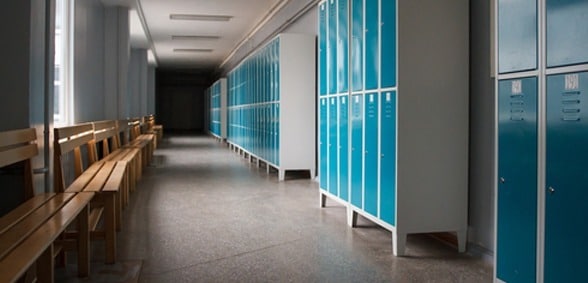
Traditionally, in some parts of the country, only secondary schools had SBMs working at SLT level. This is not the case everywhere and there are many excellent SBMs in primary schools working at the highest level within their settings. There is also a rise in the number of primary only MATS – I’m currently working in one of these.
The main issue is long term viability; a MAT needs 5,000 pupils to be financially stable and this is easier with secondary schools as they have larger pupil numbers.
Fewer primary schools are converting to MATs, why do you think that is?
Financially it’s difficult to manage as a stand-alone school and only the larger primaries can afford to convert on their own. This can change as MATs are set up to join primaries and make the trust viable.
Exponential growth, funding benefits… academies in numbers
- 5,758 academies in England
- 28% of all state-funded schools
- 3,430 primary academies
- 2,068 secondary academies
- 260 special and alternative provision
- 1,004 school in the pipeline to become academies
Source: DFE as of 1 October 2016
What effect are MATs having on the education landscape?
I cannot really answer this one! Just a different structure. I cannot say if it’s better or worse – it’s just different. Funding to LAs has been reduced so many cannot afford to offer all the services required by schools and MATS are just a different way of pooling resources and enabling these services to be provided.
I see this time as an exciting opportunity for those SBMs who want to take on new challenges but re-training may well be required, or the gaining of qualifications
What I’ve heard is that many SBMs are looking to specialise – for example in finance or HR. Is this something that you see happening too? Is it the right approach?
There is never a right or wrong approach, just an alternative way of doing things and, in my opinion, whatever works for the best in each setting is for the best. No two schools are the same and no two MATS are the same either.
How can/do primary school SBMs work to maintain or extend their ground?
I see this time as an exciting opportunity for those SBMs who want to take on new challenges but re-training may well be required, or the gaining of qualifications. We must look at ourselves and decide where we want to go, what are our strengths and weaknesses and take control of our own destinies. There will still be a need for SBMs in schools but it may be that this can be spread across more than one school or become a more operational role rather than strategic.


Be the first to comment